New Zealand drone company considerably accelerates the pace of the nation’s program to plant a billion trees by 2028.
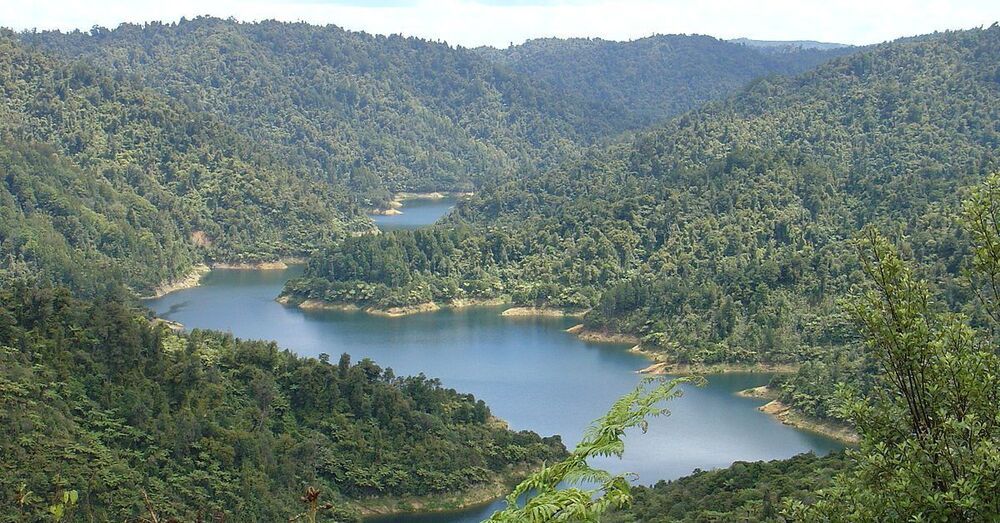

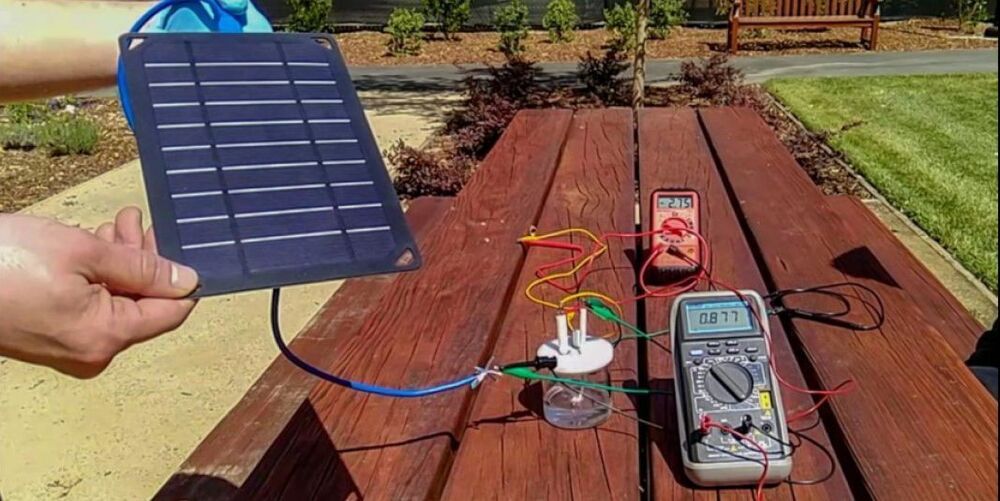
Circa 2019
Thanks to Stanford researchers, there might be a new recipe for hydrogen fuel: saltwater, electrodes and solar power. The researchers have developed a proof-of-concept for separating hydrogen and oxygen gas from seawater via electricity. It’s far cheaper than the current methods, which rely on creating hydrogen fuel from purified water.
Breaking up a substance like water to create hydrogen and oxygen is called electrolysis and is a scientific technique centuries old. It was first codified by British scientific legend Michael Faraday, whose two laws of electrolysis from 1834 still guide scientists today. With a power source connecting to two water-based electrodes, scientists can get hydrogen bubbles to come out of an end called an cathode, while oxygen comes out of an end called an anode.
That works fine for fresh water, but saltwater is trickier because of its ability to corrode electrodes with chloride, which would limit a system’s lifespan. The trick for Hongjie Dai, a professor of chemistry at Stanford, and his team was a change in materials.
Electric vehicles are about to take over American roadways, which means there’s a prime opportunity to replace gas station signs with something better.
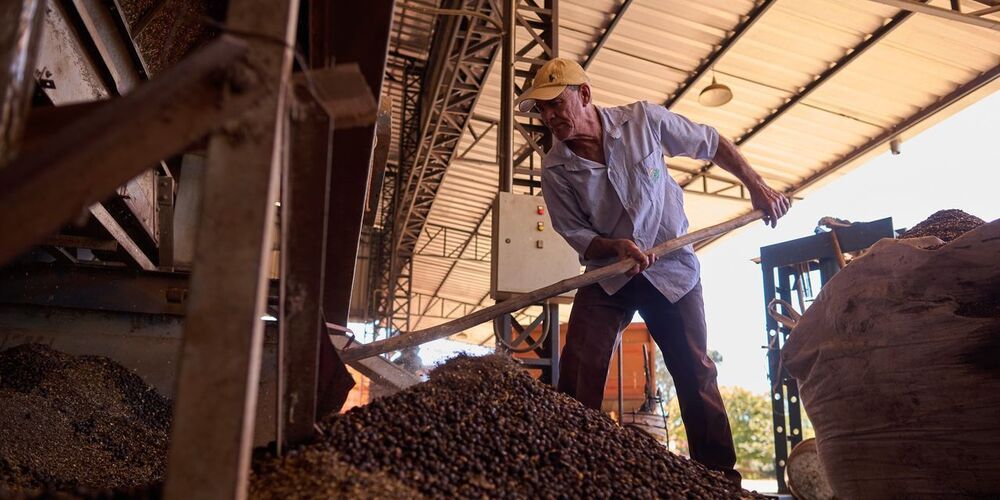
Bad news for coffee lovers. Global warming will limit our coffee consumption.
Global coffee prices are climbing and threatening to drive up costs at the breakfast table as the world’s biggest coffee producer, Brazil, faces one of its worst droughts in almost a century.
Prices for arabica coffee beans—the main variety produced in Brazil—hit their highest level since 2016 last month. New York-traded arabica futures have risen over 18% in the past three months to $1.51 a pound. London-traded robusta—a stronger-tasting variety favored in instant coffee—has risen over 30% in the past three months, to $1749 a metric ton, a two-year high.
Brazil’s farmers are girding for one of their biggest slumps in output in almost 20 years after months of drought left plants to wither. Brazil’s arabica crop cycles between one stronger year followed by a weaker year. Following a record harvest in 2020, 2021 was set to be a weaker year, but the drop is more severe than expected.
“The American Contractor Show” has shared its review of the installation of a Tesla Solar Roof. The show is a series of episodes featuring contracting and this episode took a deep dive into the Tesla Solar Roof installation process. Davide Silverstein and American Home Contractors demonstrated just what it takes to install a Tesla Solar Roof. The episode includes a step-by-step look at the installation process.
David Silverstein from American Home Contractors takes the host of the American Contractors Show, John Dye, on a walk-through of a Tesla Solar Roof installation.
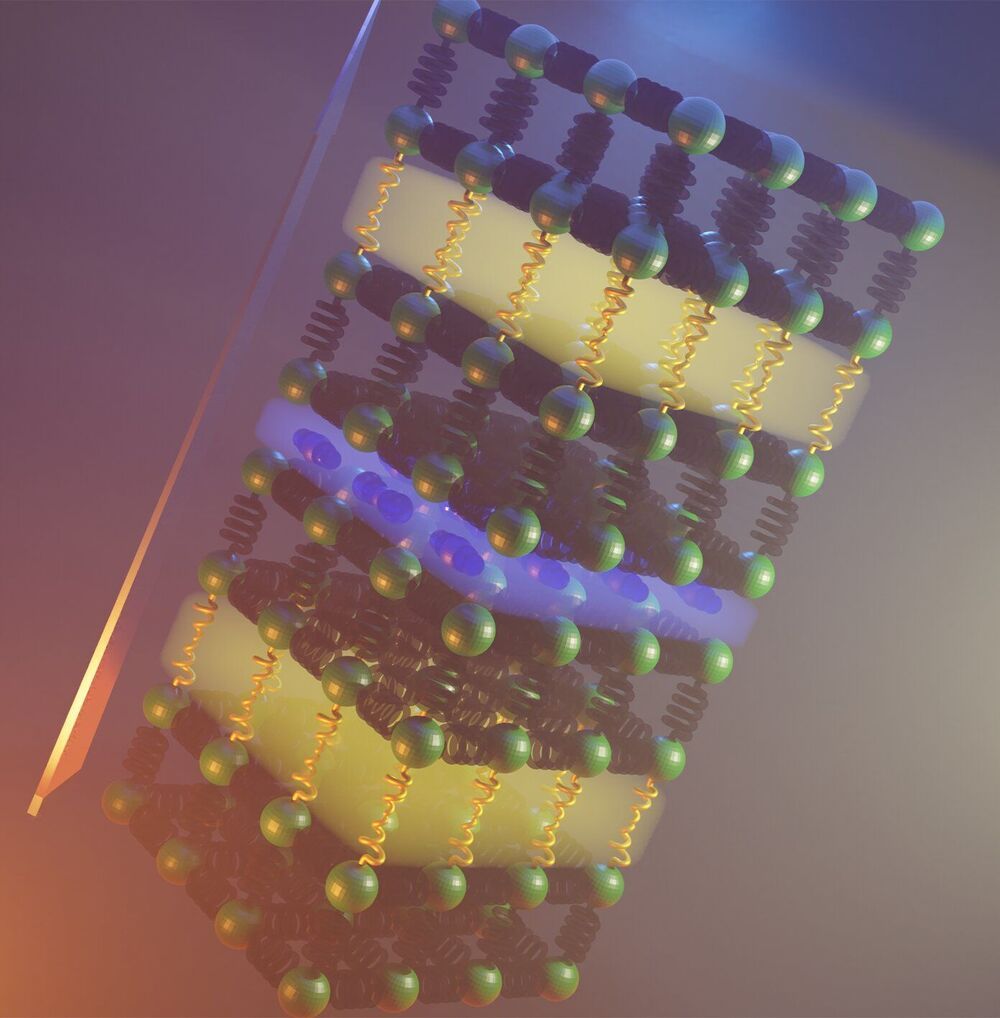
A collaborative research team, led by the University of Liverpool, has discovered a new inorganic material with the lowest thermal conductivity ever reported. This discovery paves the way for the development of new thermoelectric materials that will be critical for a sustainable society.
Reported in the journal Science, this discovery represents a breakthrough in the control of heat flow at the atomic scale, achieved by materials design. It offers fundamental new insights into the management of energy. The new understanding will accelerate the development of new materials for converting waste heat to power and for the efficient use of fuels.
The research team, led by Professor Matt Rosseinsky at the University’s Department of Chemistry and Materials Innovation Factory and Dr. Jon Alaria at the University’s Department of Physics and Stephenson Institute for Renewable Energy, designed and synthesized the new material so that it combined two different arrangements of atoms that were each found to slow down the speed at which heat moves through the structure of a solid.
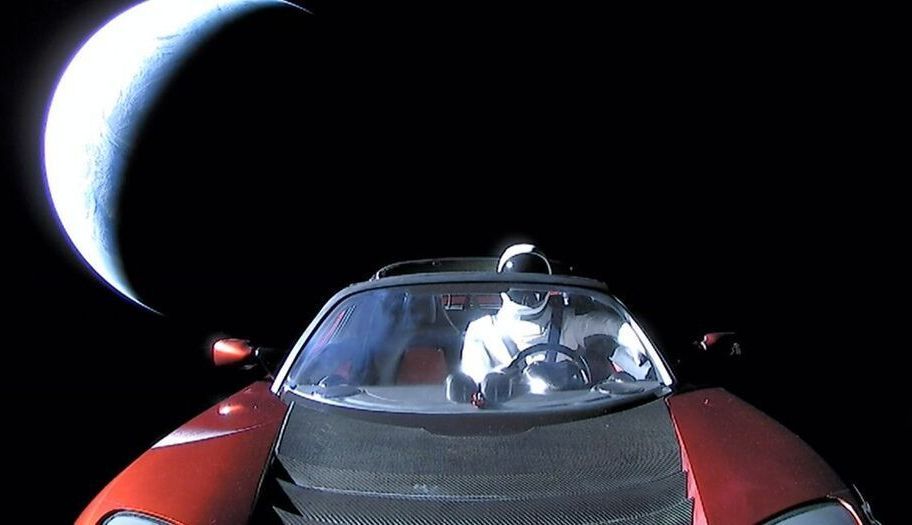
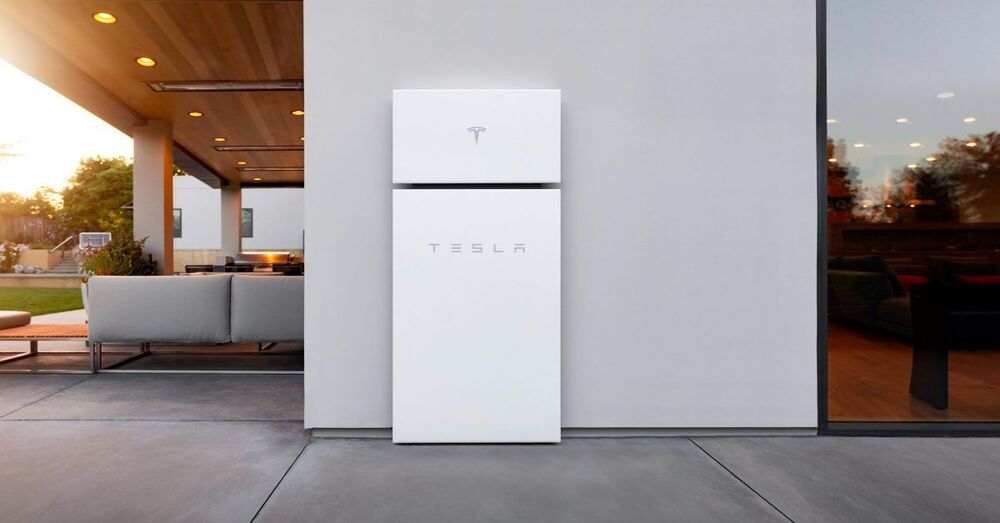
Elon Musk confirmed that Tesla currently has a Powerwall backlog of 80000 orders, which is worth over $500 million, but it can’t ramp up production to meet that due to the global chip shortage.
Tesla has been production constrained with the Powerwall for a long time.
The demand has been strong in several markets, like the US and Australia, but production hasn’t been to catch up despite significant ramp-ups.

